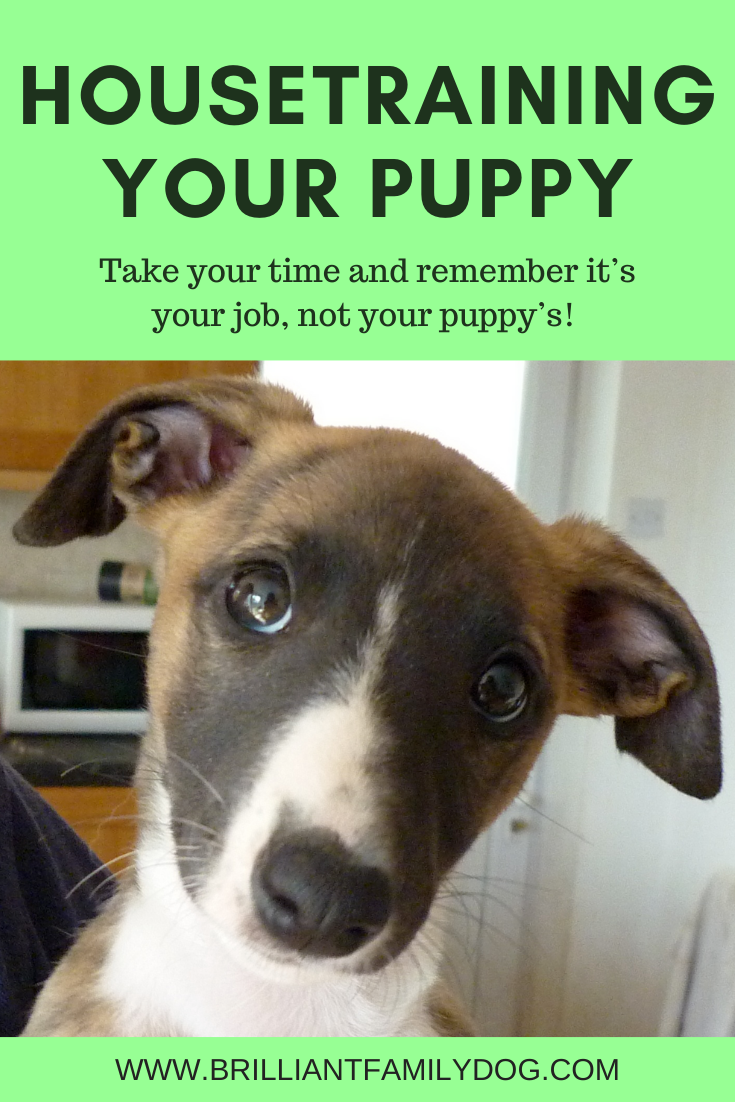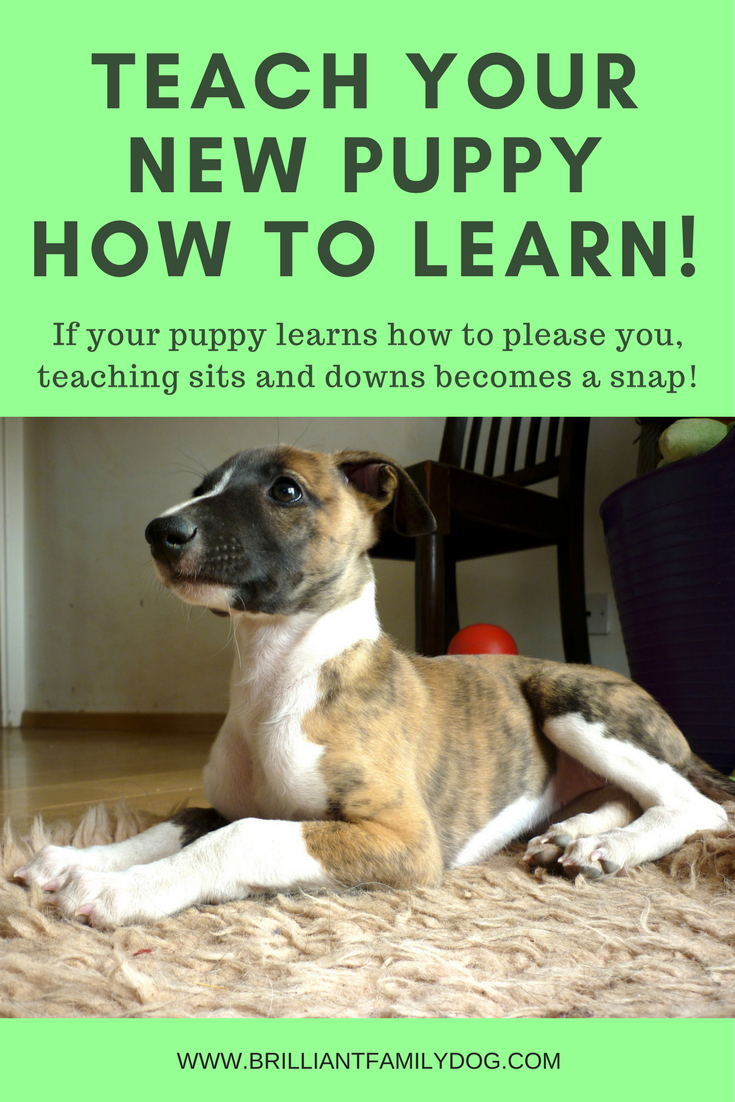The lady on the phone sounded harassed.
She was ringing to look for help with her 16-week-old puppy.
I asked her how her puppy was doing, and she replied:
“He’s very bitey, and he jumps up on everyone. I can’t tell you how many things he’s destroyed. I’m looking forward to him being clean and dry in the house - we’re not there yet. I know he’s only a puppy, so perhaps I’m expecting too much.”
No! You’re expecting far too little!
I had to explain to this caring owner that she was asking too little of her puppy, and instead of giving him the chance to grow, she was keeping him a baby.
With the exception of the jumping up, which can take longer check for more tips, all of these things should be resolved by 10-12 weeks.
The sooner you start, the better!
And the longer you leave it, the more you have to undo!
That’s why I welcome puppies at Puppy Class from 9 weeks of age. And my own puppies are learning from the moment they come through the door - at 7 or 8 weeks.
The new arrival
When your puppy first arrives, it’s very simple to lay down the ground rules. He’s tiny, a bit anxious, eager to please, ready to learn, bursting with enthusiasm, and he needs to sleep most of the time. What better time to start building a solid relationship of trust?
Using a crate from Day 1 answers most of the problems this lady was having. If a crate is not possible, then at least have a puppy playpen or baby-gates. But a crate is best and will establish firm boundaries for the future.
1. If he gets too bitey in play, this is a sure sign that he’s overtired and needs a nap: into the crate for a while for a restorative ziz
2. Always wait till he’s stopped bouncing before you open the crate door - you may need to walk away from the crate and come back a good few times before he realises that staying still opens the door, but bouncing keeps it shut. Then greet him at his level as he emerges while you clip the lead on and whiz him out to the garden for a pee.
3. He can’t destroy anything if he’s in his crate with his chewtoys at those times when you can’t be actively supervising him. Bliss! Remember he needs oceans of sleep. If he’s been awake for an hour you’re back to No.1 above.
4. Housetraining is a breeze when you use the crate and some simple rules. Free download here
I don’t want my dog to think the crate is a punishment
I don’t know why I sometimes meet resistance to the use of a crate.
Most parents will use a cot for their baby or toddler to ensure that she’s safe and secure when left alone. The crate is the exact same thing for a puppy.
There is no hint of punishment. So, just as with your baby, put the puppy in the crate, shut the crate door, and leave the room.
He’s safe. He can sleep. A well-reared puppy is unlikely to soil his bed. You can relax and do something else for a while.
And know that you’re putting your puppy on the path to becoming a Brilliant Family Dog right from the start.
It’s all about connection
If you can make a connection with your dog, you can build trust, understanding, confidence.
The quickest and best way to make this connection is through Choice Training. Have a look at how fast people were getting results on my recent 5 day online Workshop:





















